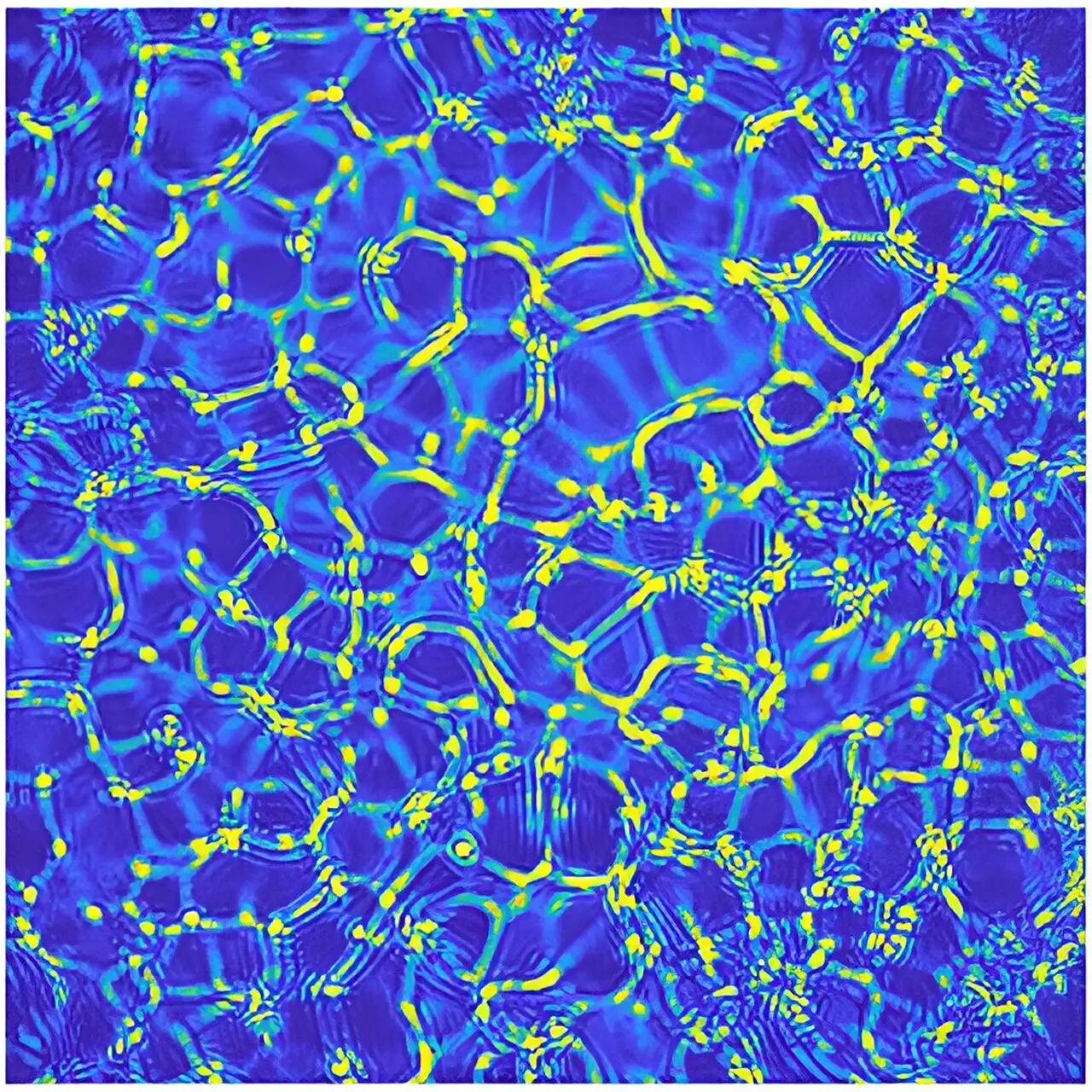Convective instability is a fundamental concept that describes the behavior of fluids under varying density conditions. These phenomena occur when a gravitational or thermal gradient leads to a distortion in stable fluid layers, resulting in chaotic flow patterns that play crucial roles in various natural and industrial processes. For over a century, research into these instabilities has been driven by the pioneering work of Lord Rayleigh, who introduced the Rayleigh-Taylor instability. This classical phenomenon remains a key area of study in fields ranging from atmospheric science to engineering.
Lord Rayleigh’s contributions to fluid dynamics laid the groundwork for our understanding of convective instabilities. The Rayleigh number, a dimensionless quantity designed to predict the onset of these instabilities, is a central focus in both theoretical and experimental research. While classical examples such as volcanic eruptions and nuclear explosions illustrate the behavior of lighter fluids in denser mediums, recent studies have shifted focus to explore less intuitive conditions that also provoke instability.
Introducing a Novel Convective Instability
In a groundbreaking study conducted in collaboration with researchers from the University of Milan, a new type of convective instability has been identified—140 years after Rayleigh’s initial findings. This novel instability arises under unique conditions that deviate from traditional patterns. In this scenario, the heavier fluid (glycerol) is positioned below the lighter fluid (water), creating a gravitationally stable environment. This stability would typically suggest that no convection should occur; however, the introduction of silica nanoparticles alters the dynamics significantly.
The key to this new instability lies in the behavior of the silica nanoparticles mixed within the liquid layers. By exploiting a process known as diffusiophoresis, these nanoparticles migrate towards regions of lower interfacial energy, i.e., they ascend into the water-rich upper layer. This migration creates localized density disparities, resulting in gravitationally unstable regions within the system. The ensuing changes in the fluid dynamics give rise to a hydrodynamic instability that was not anticipated based on the initial setup.
Experimental Observations and Methodologies
The experimental validation of this new instability was conducted using advanced optical techniques. By irradiating the fluid sample with light, researchers observed distinct structural changes manifested as bright fluorescent ‘arms’ emerging from colloid-poor regions. These patterns reflect the dynamic interplay of gravitational forces, particle diffusion, and stability, ultimately leading to phase separation over extended timeframes. The mathematical modeling employed involved coupled diffusion equations that predict the onset of this instability based on the newly derived Rayleigh number.
The implications of this newfound instability extend far beyond academic curiosity. From technological advancements in material science to environmental applications, the potential uses are vast. The ability to manipulate colloidal forces through this instability offers a pathway to develop new microscopically structured materials with tailored internal microstructures. Such innovations may initiate novel manufacturing techniques, particularly in sol-gel processes where the arrangement of nanoparticles is critical.
Moreover, the practical applications in separation technologies cannot be overlooked. Industries such as pharmaceuticals, environmental cleanup, and food processing stand to benefit significantly from this method, which can effectively remove colloidal contaminants like microplastics from various fluids.
The discovery of this new convective instability marks a pivotal moment in our understanding of fluid dynamics. By bridging the phenomena observed in nature with theoretical predictions, researchers can unlock new doors in technology and environmental solutions. This work reiterates the importance of interdisciplinary collaboration, exemplifying how revisiting established theories can lead to innovative breakthroughs that not only enhance our scientific comprehension but also address pressing global challenges. As the study of fluid dynamics continues to evolve, the legacy of Lord Rayleigh inspires ongoing exploration into uncharted territories of natural phenomena.

